Search
Summary 
Loading AI-generated summary based on World History Encyclopedia articles ...
Search Results
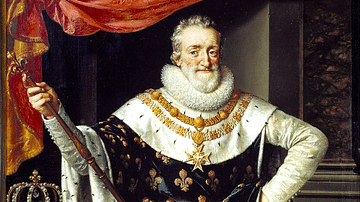
Article
Henry IV of France & the Edict of Nantes
Henry of Navarre became the nominal ruler of France after the assassination of Henry III of France (r. 1574-1589), whose marriage to Louise de Lorraine produced no heir. After years of attempts to deny the throne to Navarre, his enemies realized...
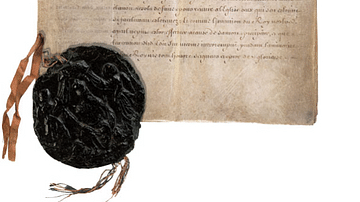
Article
Louis XIV and the Revocation of the Edict of Nantes
Beginning in the 16th century, Protestants in France struggled in their rapport with royal power. Protestants owed the recognition of their rights more to sovereign decrees than to genuine tolerance or religious pluralism. The realization...
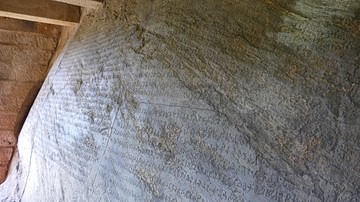
Definition
The Edicts of Ashoka the Great
The Edicts of Ashoka are 33 inscriptions engraved on pillars, large stones, and cave walls by Ashoka the Great (r. 268-232 BCE), the third king of the Mauryan Empire (322-185 BCE) of India. One set, the so-called Major Rock Edicts, are consistent...

Article
Constantine’s Conversion to Christianity
Constantine I (Flavius Valerius Constantinus) was Roman emperor from 306-337 CE and is known to history as Constantine the Great for his conversion to Christianity in 312 CE and his subsequent Christianization of the Roman Empire. His conversion...
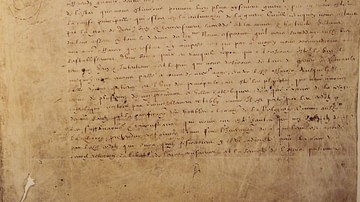
Image
Edict of Nantes
The Edict of Nantes, guaranteeing religious freedom in France, issued by Henry IV of France in 1598.
National Archives of France.
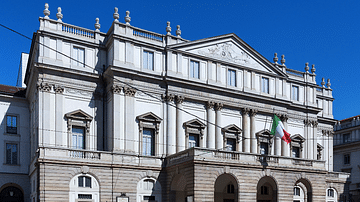
Image
Teatro alla Scala, Milan
The Teatro alla Scala ('La Scala') opera house, Milan, Italy. It was inaugurated in 1778.

Image
Edict of Fontainebleau
The 1685 Edict of Fontainebleau, aka Revocation of the Edict of Nantes (1598), a document created during the reign of Louis XIV of France which permitted the persecution of French Protestants. (French National archive, Paris)

Image
Claudius Bust, Milan
Large grain marble head believed to be a local (Mediolanum) copy of an official portrait of Roman emperor Claudius (41-54 CE). (Archaeological Museum, Milan)
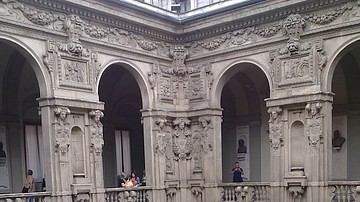
Image
Palazzo Marino Courtyard, Milan
Palazzo Marino, Milan (completed 1558 CE), designed by Galeazzo Alessi (1512-1572 CE). The courtyard is an excellent example of Mannerist Renaissance architecture.
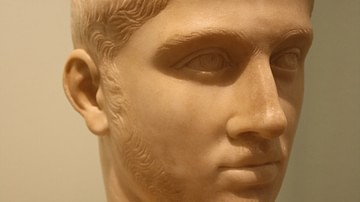
Image
Severus Alexander Bust, Milan
First half 3rd century CE, this marble bust depicts Emperor Severus Alexander (225-235 CE). Unknown provenance.
(Archaeological Museum, Milan)